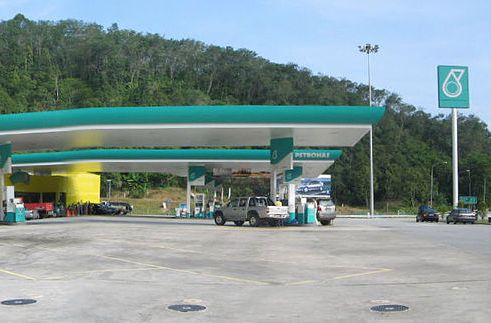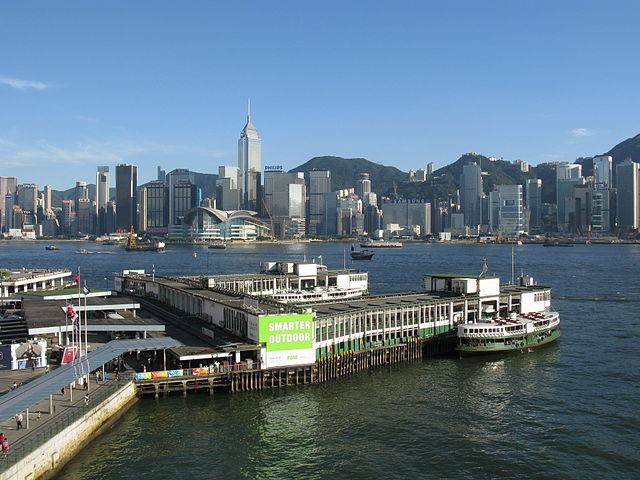
These kinds of investments are needed to enable the country to move out of the middle-income trap and become a country of innovation, said International Trade and Industry Minister Mustapa Mohamed.
“At a time of global economic uncertainties, Malaysia’s growth pattern demonstrates that we remain a preferred investment destination. The latest statistics re-affirm the confidence of both foreign and domestic investors in Malaysia’s economic fundamentals,” he added in a statement recently.
In the first nine months, Malaysia’s realized private investments amounted to MYR159.4 billion (US$36.3 billion), 8.4% higher than the MYR147 billion recorded in the same period of 2014, he said, as reported by Bernama.
With this performance, Malaysia is set to reach the average of MYR162 billion per annum estimated for the duration of the 10th Malaysia Plan.
From January to September, net FDI flows into Malaysia rose by more than 5.8% to MYR27 billion, as compared with MYR25.6 billion in the corresponding period of last year.
“This increase comes despite reduced FDI flows globally. It shows that Malaysia is attracting a higher share of net global FDI,” said Mustapa.
The manufacturing sector received the largest amount of FDI in January-September with MYR11.2 billion, or 41.4% of total FDI. Other major contributing sectors were the mining & quarrying sectors with MYR10.8 billion (39.8%) and services sector with MYR4.4 billion (16.4%).
Mustapa said that in the first nine months of 2015, MYR77.5 billion worth of investments was recorded for the manufacturing and its related services sectors. The sector garnered a total of 522 projects with investments of MYR67.7 billion, or MYR4.4 billion higher than the investments recorded in the same period last year.
The leading sources of foreign investments for the period were Hong Kong, Japan, the United States, Singapore, and China, which together accounted for 70.3% of total foreign investments approved in the manufacturing sector.
The top five industries in terms of investments were petroleum products, liquefied natural gas, electrical and electronic products, transport equipment, and non-metallic minerals.
Mustapa said Johor, Sarawak, Malacca, Selangor, and Penang were the highest recipients of approved investments with 400 (76.6%) of the projects being located. They accounted for MYR59.9 billion (88.5%) of the total approved investments.
“The approved manufacturing projects in the first nine months helped create more than 50,000 job opportunities, with almost 34 per cent of those at the high-skilled levels,” said Mustapa.
He also said that as of September 2015, there were 140 proposals for manufacturing projects and 87 services projects in the pipeline. “The total investments of these projects are estimated at RM14.2 billion,” he added.
“Domestic investors made up almost 70 per cent of the total investments approved during this period, with foreign sources contributing the rest,” he added.
In welcoming the strong performance by domestic investors, he stressed that MITI and the Malaysian Investment Development Authority would continue to accelerate efforts in attracting high-value investments from foreign sources, particularly in emerging technologies.
“We have shifted our focus in promoting Malaysia to international investors. Instead, we are now targeting foreign investments that can add value, that are innovative, that use the latest technology and which are R&D based,” Mustapa said.
“Such investments can accelerate our efforts to move out of the middle-income trap and enable Malaysia to become an ‘Innovation Nation’.”
Meanwhile, the economy saw its gross domestic product grow 4.7% in the third quarter of 2015, the expansion driven by capital spending in the manufacturing and services sectors, as well as by foreign and local investments, MITI said.









